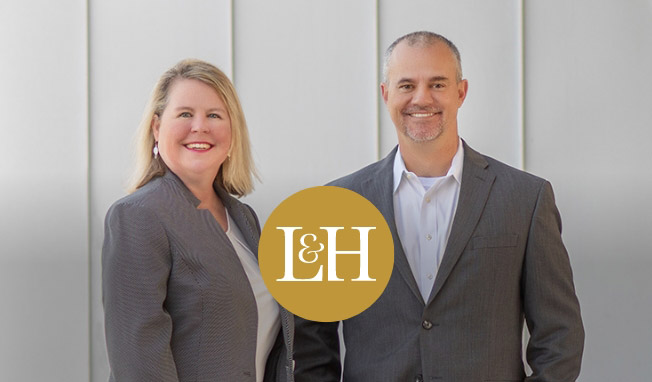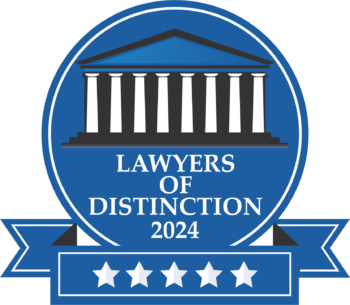Self-driving cars will never replace the intelligence and awareness of human beings. These cars can malfunction and cause accidents, and when they do, it’s difficult to know who’s to blame. Although we may not be at a point in society where self-driving car accidents are happening every day, this could be an important issue to address in the future.
At Lopez & Humphries, PA, we can help you if you get injured in an accident involving a self-driving car. A Lakeland car accident lawyer from our team will investigate your case and use evidence to determine who’s at fault. No matter who was driving the car that injured you, you deserve justice for what you’ve been through.
Was the Car Partially or Fully Autonomous?
When investigating your self-driving car accident, it’s important to know whether the car that hit you was partially or fully autonomous. When looking at the technology of self-driving cars, there are five levels of autonomy. With each level of autonomy, the car can perform between one and five autonomous driving tasks. A Level 5 autonomous vehicle can completely drive itself in any condition.
There are no Level 5 autonomous cars on the market; however, both Audi and Tesla market Level 3 self-driving vehicles can fully drive themselves in geo-fenced locations when the weather is favorable.
Determining How the Accident Occurred
After assessing what type of self-driving vehicle was involved in your accident, you must then investigate the details of the accident itself.
Because self-driving vehicles rely on driver awareness as a backup, it’s possible that the driver behind the wheel of the self-driving car can be held responsible for your injuries. The self-driving vehicle have also malfunctioned on the road, in which case the vehicle manufacturer would be at fault. Just like any other car accident in Lakeland, it comes down to identifying and proving negligence.
Using Sensor Data to Identify Who’s Liable
Because self-driving cars are rich with information, it’s possible to use sensor data to identify who’s liable for the accident. This sensor data can reconstruct the scene of the accident by gathering information such as what route was taken, what traffic signals were in place, and whether the car detected any obstacles.
It’s key to use both data and evidence from the scene to determine a car defect or negligence on behalf of the driver caused the accident. Even if the car didn’t detect an obstacle in the road, it’s likely that the driver can be held accountable because they should’ve been paying attention.
Contact a Lakeland Car Accident Attorney
A Lakeland car accident lawyer can help look into your case and work to recover compensation for your injuries. To speak with a member of our team, call (863) 774-3573 or fill out the contact form below to schedule a free consultation.








